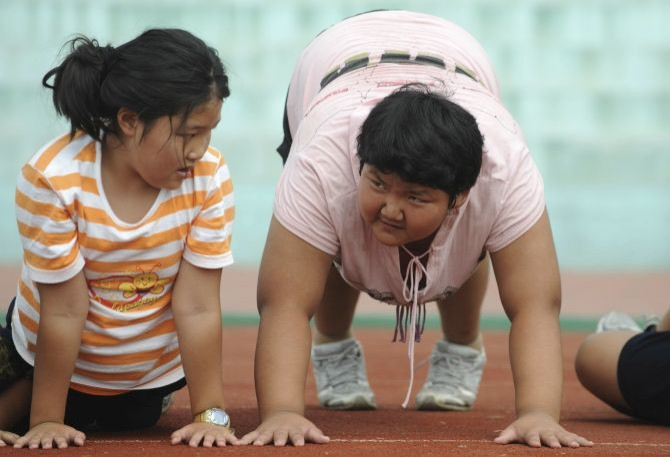Childhood Obesity May Lead to Poor Math Scores

Children's weight might be associated with their math ability, study says.
Researchers analyzed records of nearly 6,300 children from the Early Childhood Longitudinal Study-Kindergarten Cohort, which has data about these children from the time when they joined kindergarten. Parents were asked to fill a detailed questionnaire about their families, children were weighed and they also took academic tests. All this was done five times during the study.
Researchers found that children who were obese from the beginning performed worse in math tests. Boys who became obese later - in third or fourth grade - had poor scores in math tests. For girls who became obese later, poor performance at math tests was temporary.
"The findings illustrate the complex relationships among children's weight, social and emotional well-being, academics and time," said Sara Gable, associate professor in the MU Department of Nutrition and Exercise Physiology. Gable is the lead author of the study.
Researchers say that the feeling of anxiety, loneliness and poor interpersonal relationships explain why these children perform poorly in the math tests.
"Our study suggests that childhood obesity, especially obesity that persists throughout the elementary grades, can harm children's social and emotional well-being and academic performance," Gable said.
Centers of Disease Control and Prevention says that 12.5 million children and teens are affected by obesity which is nearly 17 percent of all children in U.S. According to the agency, children now are getting heavier than ever. In the past few years childhood obesity has almost has tripled.
Childhood obesity is known to bring in complications like glucose intolerance, hypertension and high cholesterol.
Whether childhood obesity affects cognitive function is still controversial. Some studies say that high BMI levels negatively affect academic performance. Another study says that being overweight is not independently associated with poor academic performance in primary school children.
The present study is published in the journal Child Development.
Published by Medicaldaily.com



























